This is the best fast outboard boat of its size that I know of. Brooklin, Maine–based photographer Ben Mendlowitz, who owns one named ABACO, would agree. It features the rare and magical combination of a Mercedes-like ride with Porsche-like maneuverability. Ben’s ABACO has covered hundreds of miles in all kinds of weather since arriving in Maine 13 years ago, mostly with Ben alone searching out camera subjects, but often with me steering and Ben shooting photos.
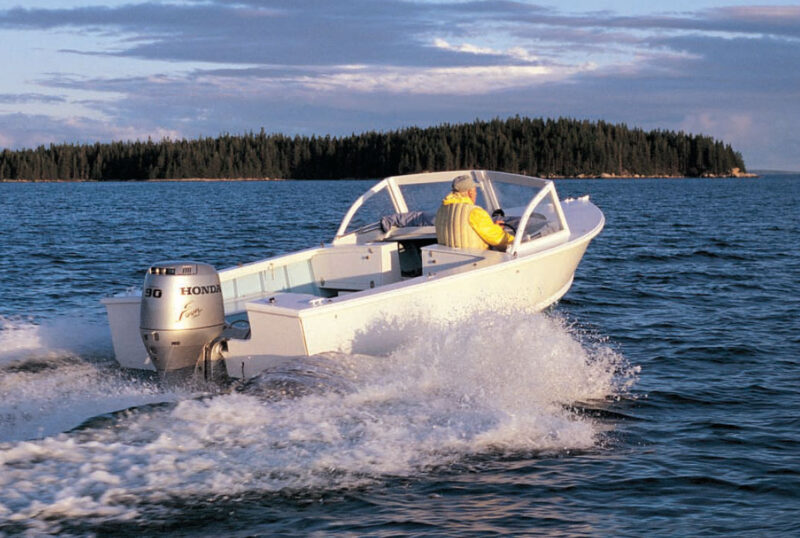 Benjamin Mendlowitz
Benjamin MendlowitzThe Albury runabout is a sturdy, stable, yet surprisingly nimble runabout for her size (almost 20’ LOA). She can be strip-planked or cold-molded.
Together, in April and May of 1996, with a brand-new 90-hp Honda four-stroke for power, we ran ABACO 1,200 miles up the Intracoastal Waterway from West Palm Beach to Georgetown, Maryland. Even earlier, Ben had fallen for Albury outboard boats, especially this one, through chartering in the Abacos. In all her traveling, ABACO has seen her share of rough seas, both driving into them, and with the waves coming at her from abeam and astern. She feels solid, and indeed she is. For her type, she’s fairly heavy, weighing in loaded at 2,400 lbs., so pushing her fast takes power.
ABACO’s current engine is a 115-hp four-stroke Yamaha, with which she tops out at 38 mph. (Her earlier 90-hp yielded 4 or 5 mph less.) But her weight is part of what keeps her so steady and gives her that smooth ride. When other outboard boats are bouncing around so badly they have to be slowed way down, the Alburys, like the Energizer Bunny, just keep on going.
Their soft ride also comes from the rounded bilge, which for outboard boats is unusual; most are hard-chined. She rides nearly level so that her sharply V-shaped forebody stays in the water where it can split the waves and toss them aside before the flatter stern sections come into contact. The full-length, external keel keeps her steady on the helm, and those external spray rails assist with sharp turns as well as in knocking down the spray.
“I’ve heard ‘magic carpet’ describe Albury runabouts. In my mind, it fits them perfectly.”
When you push ahead on ABACO’s throttle, she seems to lift bodily to planing speed with very little change in trim—only 8 degrees before she levels out, according to one report. Trim at higher speeds can be noticeably altered by changing the motor’s tilt angle.
Willard Albury built ABACO in 1984 in his shop on Man O’ War Cay in the Bahamas as one of many near sisters and one of his last built of wood. He and his brother Ben Albury began production back in the 1950s using hand tools. When deep-V bottom configurations came into use, the Alburys recognized their non-pounding, seakeeping advantages and reshaped their boats’ underbodies to have approximately 16 degrees of deadrise.
Despite switching to fiberglass and being joined by two sons and one or two helpers, the shop’s one-boat-a-month output never satisfied the demand— even for locals. Because of that limited production and the hassle of importing to the U.S., Willard Albury licensed Jeff Lichterman to build identical boats in Florida’s Riviera Beach. That operation, now called Albury Brothers Boats, Ltd., has proven a great success, having built over 100 runabouts since beginning operation in 2003. But both the new Florida shop and the original one in Man O’ War build now only in fiberglass. For a wooden Albury, you have three alternatives: build it yourself, commission one from a professional builder, or buy it used—if you can find one.
Recognizing how nice the boats are and anticipating that a few aficionados might still want to built them in wood, Doug Hylan, with Willard’s okay, measured ABACO and prepared his usual fine and complete set of drawings (there are six sheets in all), subsequently making arrangements for WoodenBoat to sell them on a royalty basis. ABACO, built near the end of an evolutionary chain, embodies what Willard considers his boats’ best features.
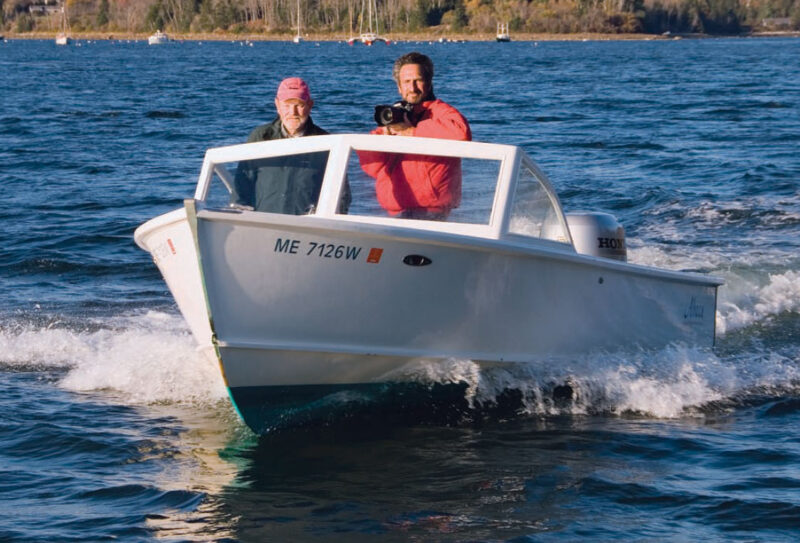 Matthew P. Murphy
Matthew P. MurphyHere’s a behind-the-scene’s look at how many a WoodenBoat cover and calendar have come to be. Maynard Bray (left) mans the helm of ABACO while photographer Benjamin Mendlowitz does his magic behind the camera. The Albury runabout’s steadiness and agility make her Mendlowitz’s boat of choice for this work.
 Benjamin Mendlowitz
Benjamin MendlowitzTo comply with present regulations, the motor should be separated from the cockpit by a watertight bulkhead as shown here. Bill Boyd and his son built this Albury runabout for summertime fun around Brooklin, Maine.
She’s straightforward all the way, yet well proportioned, as most fully evolved creations are. The platform has no steps to trip over, and its only obstruction is the split forward seat. Fuel tanks are out of the way within the seat enclosures, and there’s dry storage under the foredeck as well as inside the built-in aft seats. You could substitute a steering console amid-ships, as the newer fiberglass boats are being built, but for me, relinquishing the shelter behind the windshield doesn’t make sense. If you need to see better or want to feel the wind in your face, it’s easy enough to perch on the generously wide seatbacks with a cushion under your butt and steer from there. This is where we drive from when shooting photos. Ben fitted ABACO’s steering wheel with a spinner—a welcome improvement for low-speed maneuvering.
Because of her spartan layout, she not only cleans up and paints up easily, but she’s free of nooks and crannies where moisture collects (leading to rot). For the frames of his wooden outboards, Willard Albury used to harvest madeira crooks locally, just as Man O’ War builders always did. Doug’s drawings offer a laminated Douglas-fir or mahogany alternative, which most builders will utilize. The skin is unchanged, consisting of 3⁄4″ × 1 3⁄8″ epoxy-glued strips of cedar or Philippine mahogany. There’s also a cold-molded option for builders who have that preference. The 2 1⁄4″-thick transom is made up of layers, either all plywood or a combination of planks and plywood. In all constructions, plywood is used for deck and cockpit sole.
To date, we know that several boats have been built, one of them by Bill Boyd and his son for use in Brooklin, where there’s an occasional meeting with ABACO. I think Chris Wick made first use of Doug’s drawings, and Shearline Boatworks of Morehead City, North Carolina, built the most recent one we know of using cold-molded construction, stretching her length to 22′ and giving her 200 hp. Within the last few years, The WoodenBoat Store has sold nearly 100 sets of plans. So we know there are many more. I’ve heard “magic carpet” describe Albury runabouts. In my mind, it fits them perfectly.
 Chip King (Shearline Boatworks)
Chip King (Shearline Boatworks)Though some may prefer the looks and the utility of a simple arrangement and paint throughout, a varnished windshield, handsome and comfortable bucket seats, a rod holder, and a teak platform (walking deck) show how nice this design can look when she’s all dressed up.
Want to Build the Albury Runabout Yourself?
Get to know the Albury Runabout first by reviewing the study plan. We review the basics and the line drawings like the ones below, and give you a direct link to where you can purchase the full set of plans.
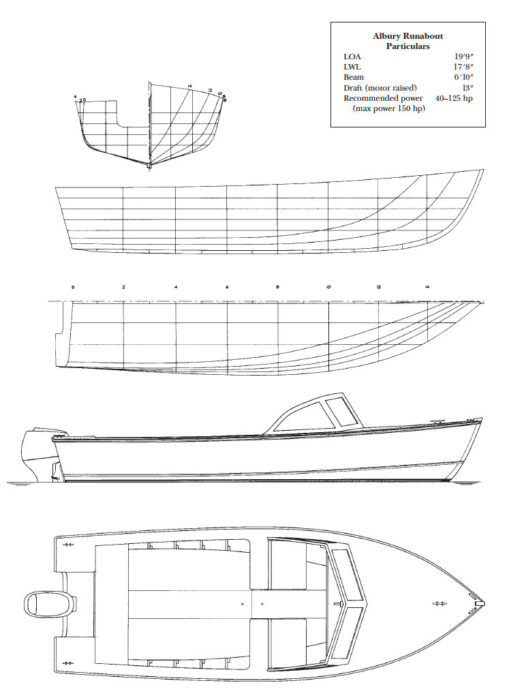
The straight and level-running buttock lines allow the Albury runabout to achieve a quick plane when the power is commensurate with her as-built weight. Her sheerline is very pleasing, both in profile and plane.
This Boat Profile was published in Small Boats 2010. Plans for the Albury Runabout are available from The WoodenBoat Store. 1-800–273–7447
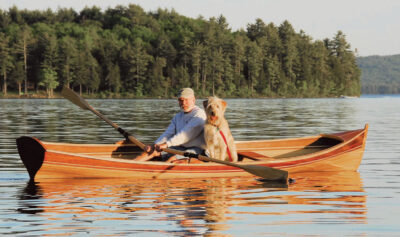
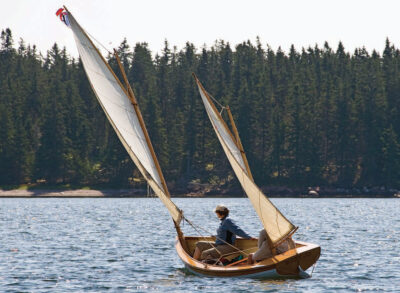
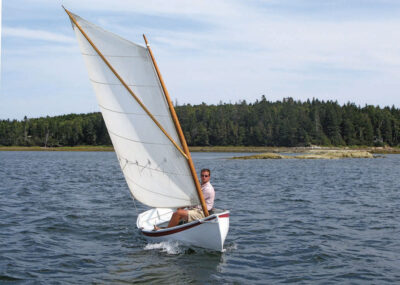
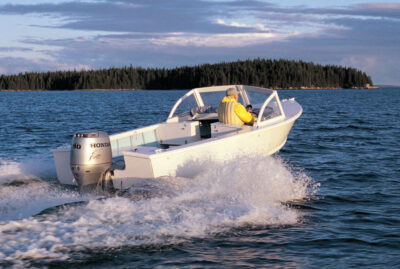
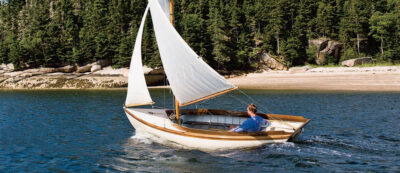
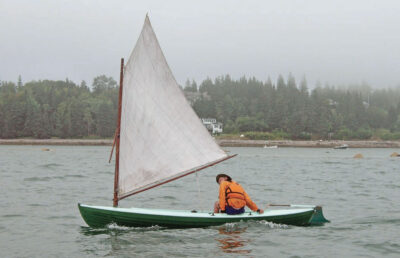


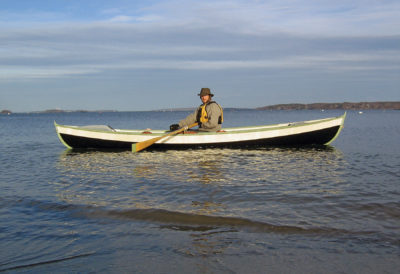
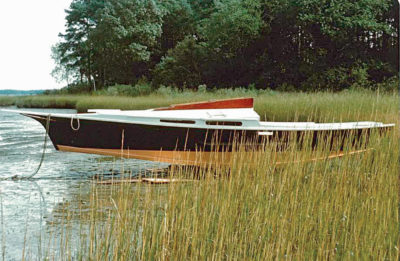
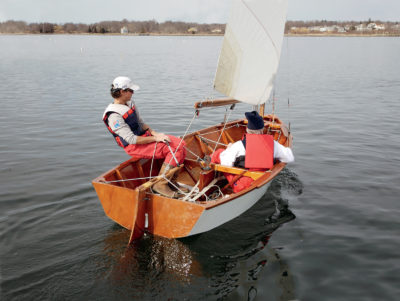
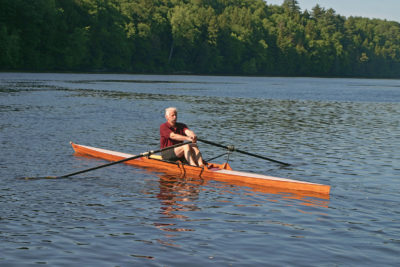
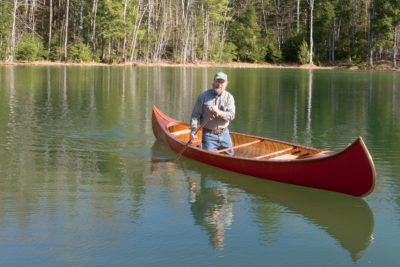
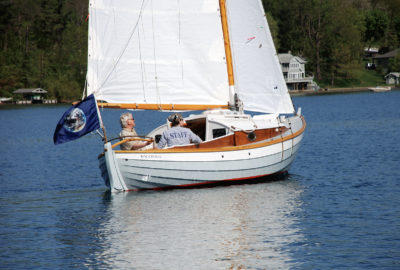
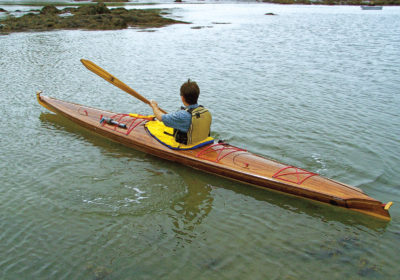
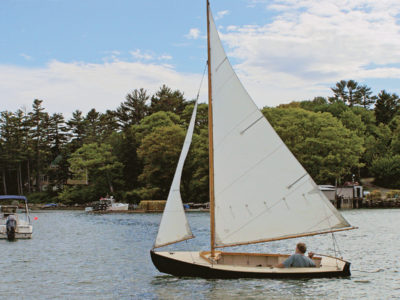
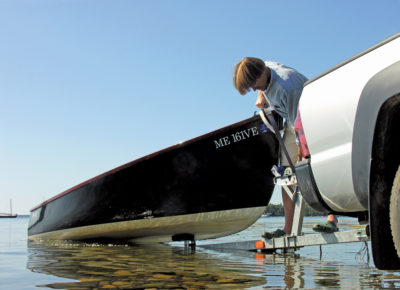
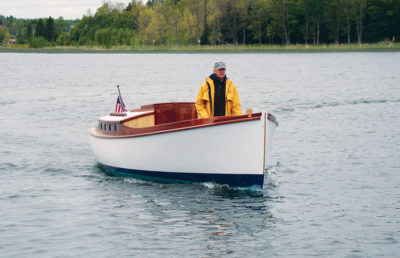
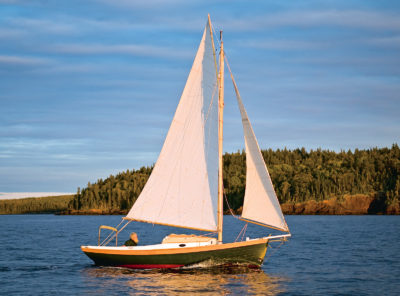
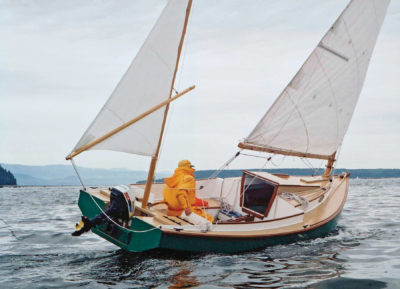
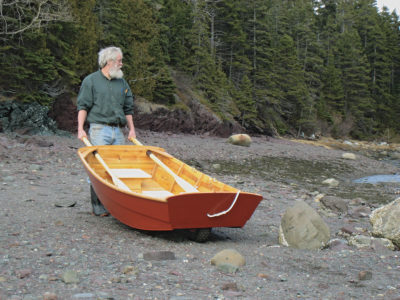
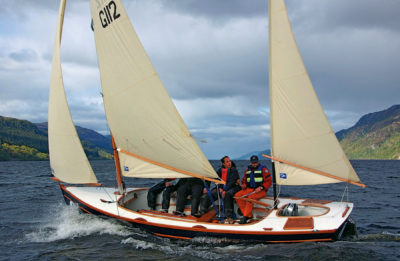
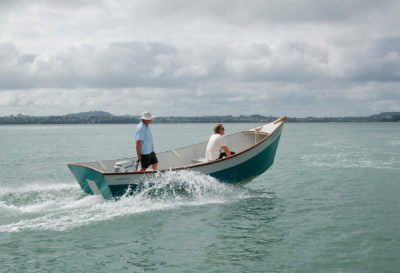

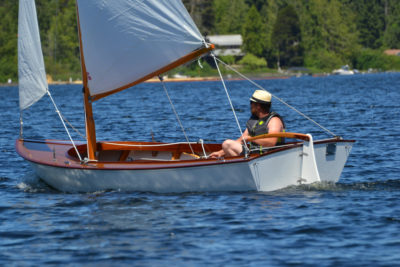
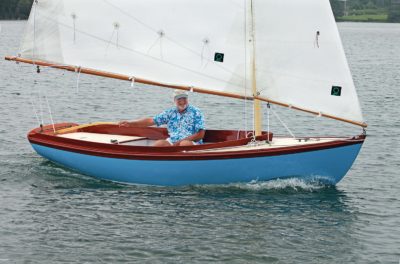
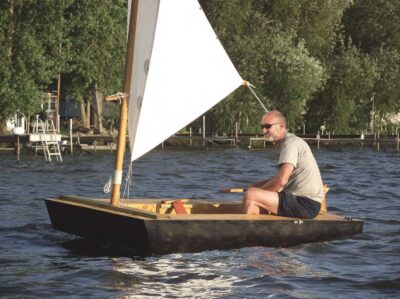

Join The Conversation
We welcome your comments about this article. To include a photo with your remarks, click Choose File below the Comment box.